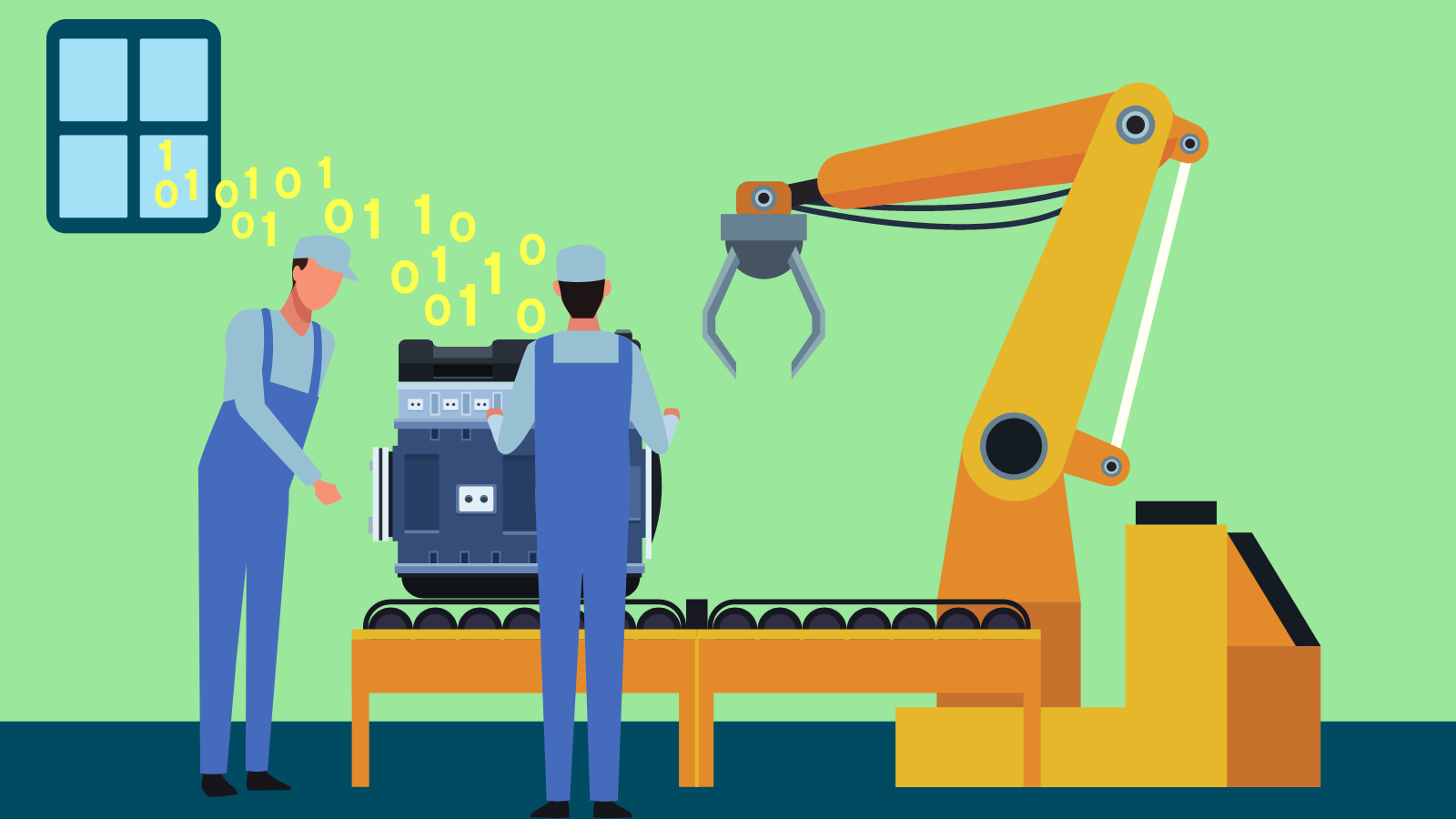Come with me, for a moment, to the plant floor of the well-respected (albeit fictional) drill manufacturer, Grunnings. Plant Manager Vernon Dursley is evaluating his energy costs — and finds the recent increases to resemble nothing so much as bad witchcraft. As his complexion turns an unpleasant shade of purple, his Assistant Manager chimes in: “Look, it’s painful, but energy is overhead — we just have to bite the drill bit and write a check.”
And so it was, for a couple hundred years (more or less). Energy costs were an unfathomable, seemingly unfixable drain on profits. It could make you turn purple as a plum, or occasionally sigh with relief, but there wasn’t much you could do about it.
Those days are over.
“Years ago, someone explained to me that in manufacturing, back in the day, when you had excess chemicals, you just dumped them on the floor or out a window into a nearby stream,” says MPI CEO John Brandt. “It was the same for information — it flowed all around you and out the windows, but nobody captured it, or figured out how to use it to improve.”
What a difference a decade makes. Digitization of manufacturing is here — and we’re starting to see its tremendous power to reinvent the very nature of manufacturing.
For example: Do you drive on smart tires? They’re now on the market, thanks to Michelin and others, with sensors that report data to the customer (and, of course, the manufacturer). Your smartphone gets real-time stats on tire pressure and temperature, which Michelin can use to advise future customers — e.g., fleet owners or race car drivers — on which tires are optimized for particular use cases.
In factories, we now have machines that inform you when they’re out of alignment or about to fail. More importantly — at least for Mr. Dursley — they can track their own energy use. This creates interesting possibilities: If you can track energy cost by machine or by line, you can then track energy by unit of product. And if you can track energy by unit of product, then Voila! Energy is no longer overhead, but part of COGS — meaning it can now be included on the bill of materials (BOM). And if energy is now on the BOM — you can reinvent how you think about accounting in manufacturing.
How does this help our friends at Grunnings? Well, for starters, they’ll be able to determine that every drill bit they make requires X amount of energy. Once that happens, they have some new and exciting choices. For example, if they have multiple machines or lines, they can choose the machine or line that uses the least amount of energy to manufacture that drill bit. If they have multiple plants, they can choose the plant that uses the least amount of energy. Or, if they’re running machines or lines in a region with energy surcharges during peak demand hours, they can run them during off-peak hours.
That’s the new math of manufacturing — leveraging data from smart sensors and intelligent products to create a world that feels a little more magical for all of us.
Curious to learn more about how you can implement digitization projects for your manufacturing business? The Digital Transformation for Manufacturers Assessment is a first step … and it’s completely free.
The Digital Transformation for Manufacturers Program — the result of a NIST MEP cooperative agreement award to Ohio MEP — is a collaboration of Ohio MEP, Ohio Development Services Agency, Ohio Manufacturing Institute, and The MPI Group.

